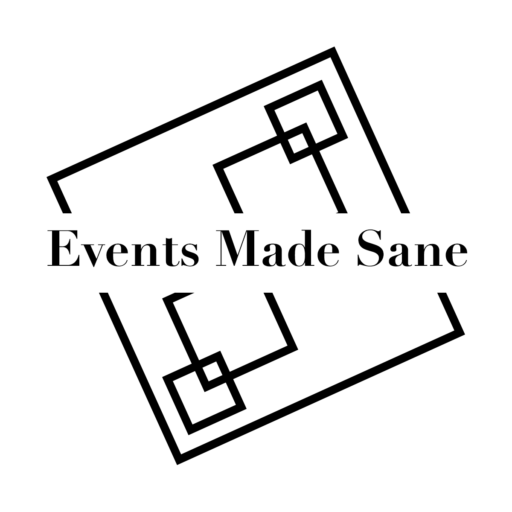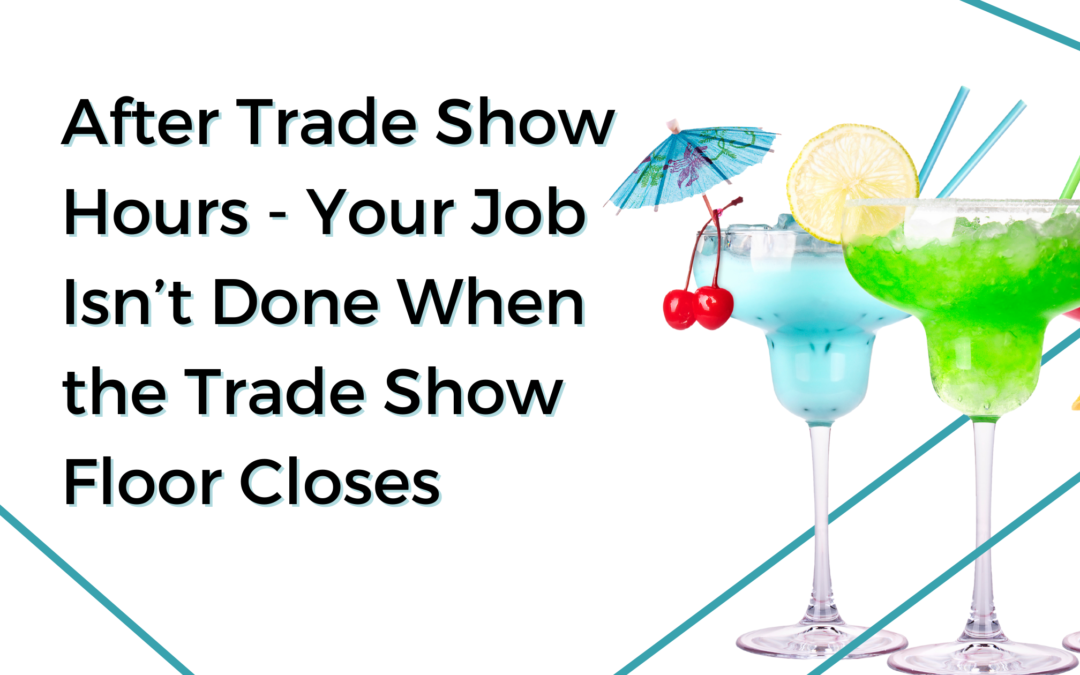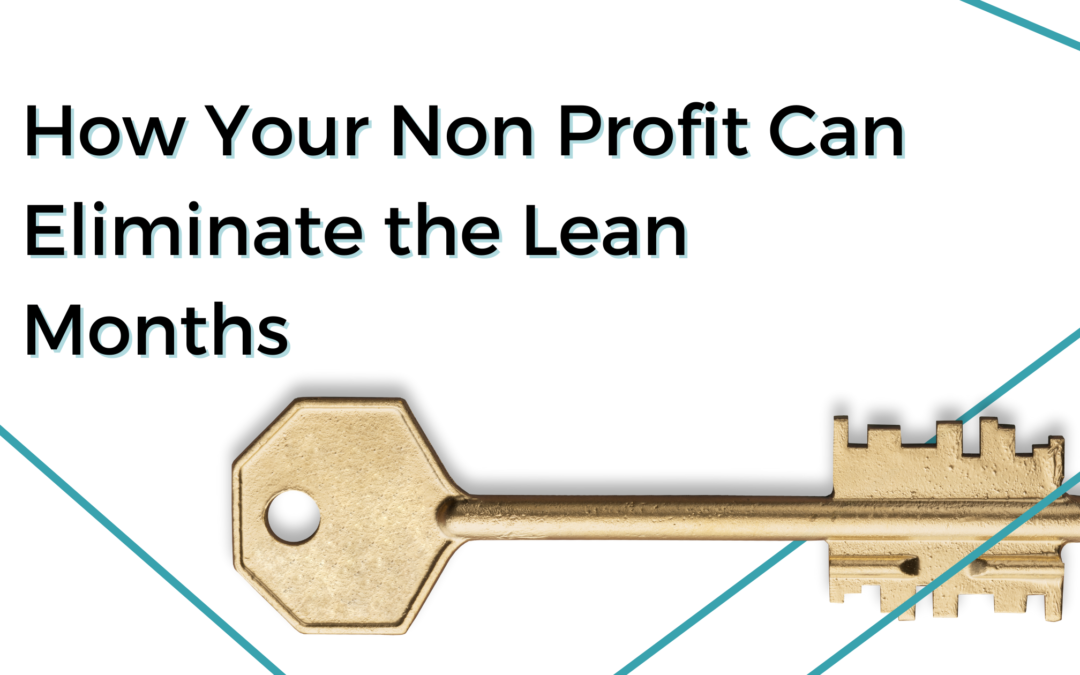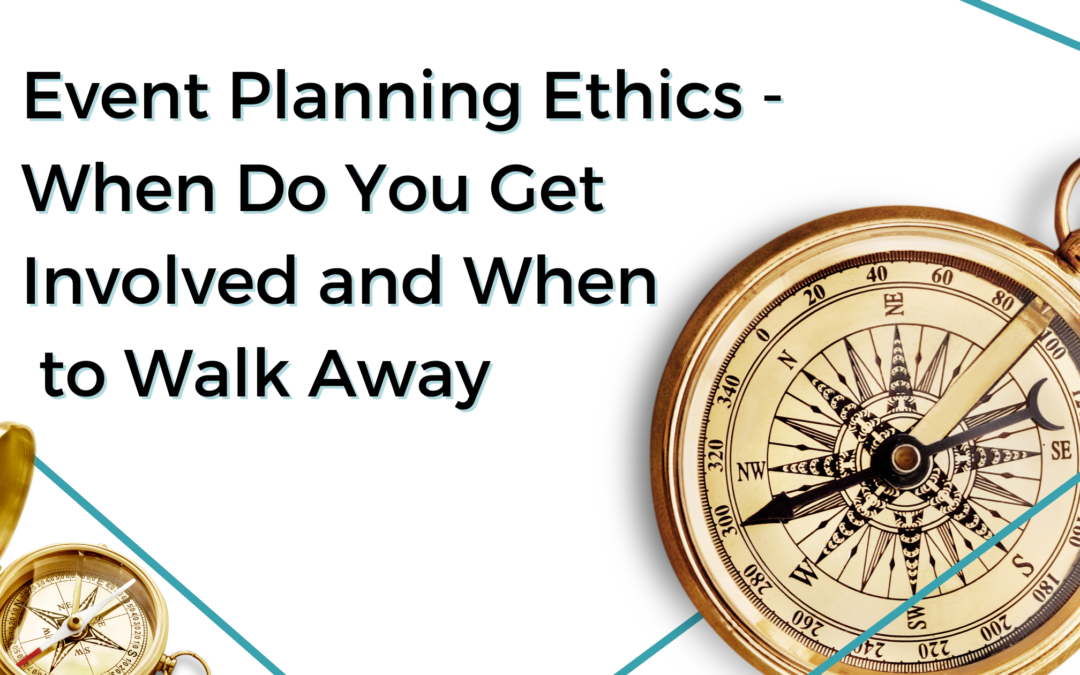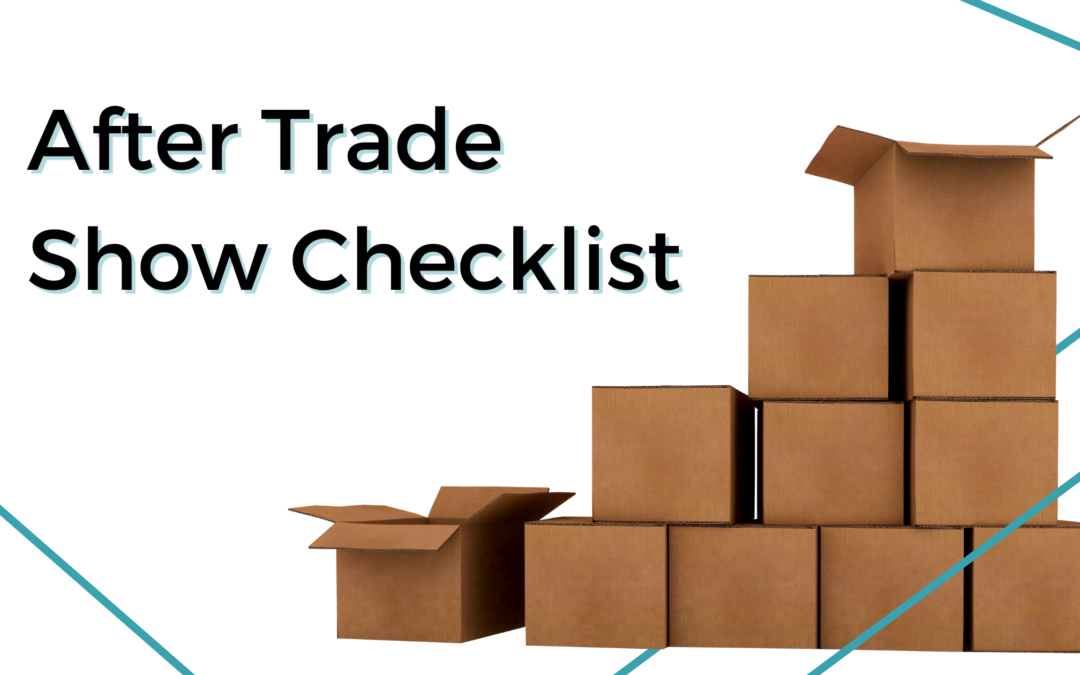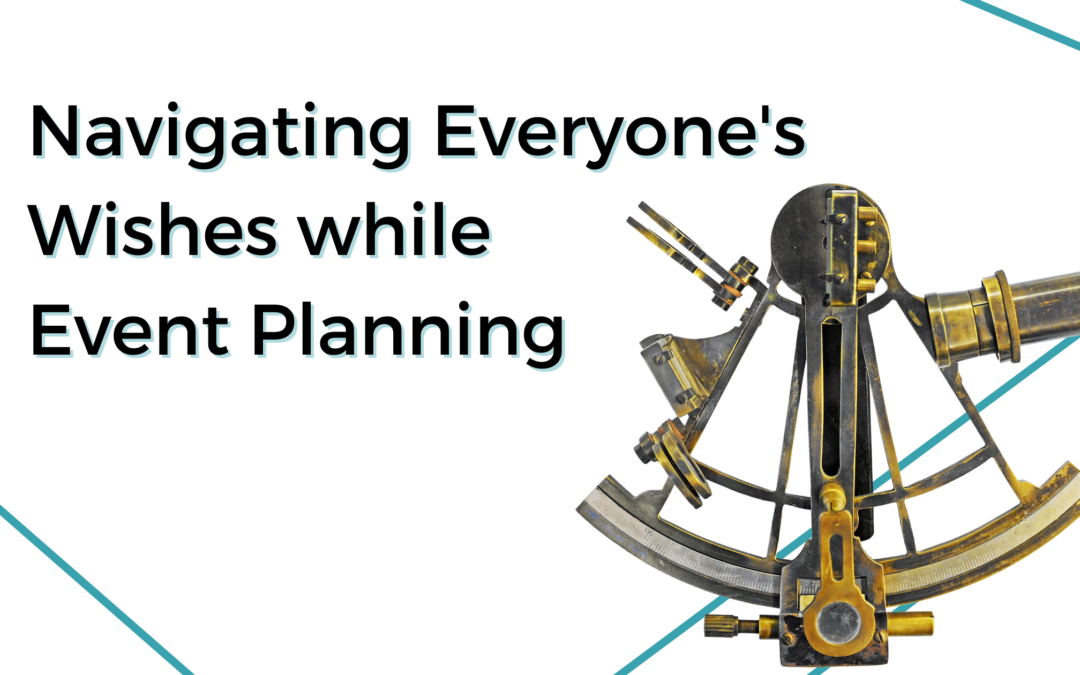
Navigating Everyone’s Wishes while Event Planning
Event planning in general is not easy, our goal is to make everyone enjoy the event if not feel genuinely happy – and you can never make everyone happy. It is a constant dichotomy that is at play. So how do you manage everyone’s competing wishes?
I set people and their wishes into different tiers and use that as my hierarchy of event needs.
Tier One: The Client
The person who is hiring me is the person that I listen to the most. If I have been hired by an organization or committee, I have them appoint a point of contact and decision maker. I did an event recently where the CEO wanted to make some changes at the event (think 15 minutes before we started to serve food), and I still turned to my point of contact to approve those changes. I am happy to shift things on the fly and a good event planner can make miracles happen but I do not take direction from just anyone.
Tier Two: People with Major Allergies, Medical Accommodations, or Religious Restrictions
I always bring up food allergies and ask if anyone will need any special accommodations. I want to make every one who is attending feel welcome and to enjoy the event. Vegetarian options are easy but knowing about major food allergies and conveying that to the caterer is crucial. Also, do you need a sign language interpreter? Do we need to make sure that we have wheel chair accessible spaces? Do we have people who cannot eat certain food due to their religion? I want the host to tell me about their guests and how we can make sure they all enjoy the event. Learn to avoid Event Food Pitfalls here.
Tier Three: The VIP’s
Events often come with a VIP Tier and these people pay extra to be treated well. I am not changing the menu for them or having the caterer make special food, but I will bring out extra bread and ensure that they receive a higher level or service.
Tier Four: Everyone Else
The guests at the event are there to enjoy, but we cannot please everyone. If you are serving soda, people will complain about the type. The key is apologizing for the inconvenience and then offering alternatives. You also get very good at seeing who just wants to complain, who is trying to flirt with the servers, and who has a genuine concern.
Their tier system allows you to know when to make major changes and when to just move on. Knowing who your main client and stakeholders are is the key.
Remember that not even an ice cream shop can make everyone happy – some people don’t like ice cream, others will want a flavor that isn’t offered, and others will be angry about where the milk came from.
Your job when planning an event is to make the client happy and as many of the guests as possible.
